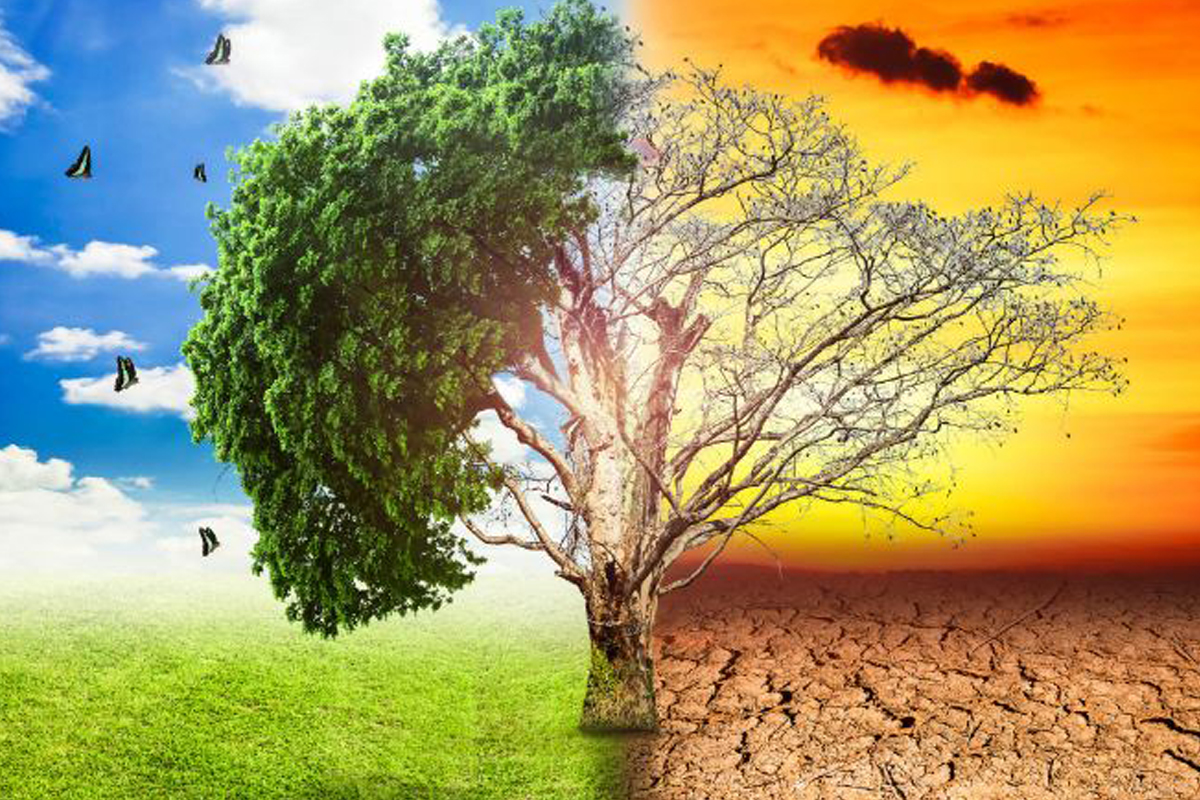Homestays can help with Himalayan sustainability
Homestay in the Himalayas is a rapidly emerging concept that goes beyond sightseeing. It focuses on making real connections with people, culture, and nature as part of the travel experience.

Homestay in the Himalayas is a rapidly emerging concept that goes beyond sightseeing. It focuses on making real connections with people, culture, and nature as part of the travel experience.

A rare and highly endangered Himalayan griffon vulture, one of the biggest birds in the Himalayas, was rescued on Sunday at Angulai village in Odisha’s Kendrapara district.

Nestled in the lap of the Eastern Himalayas, Kurseong, once a quaint hill town, is now emerging as a vibrant tourism hotspot in West Bengal, attracting travelers with its serene beauty and rich cultural tapestry.

Speaking at an event ‘Mountain Dialogues’ on July 26 in New Delhi, the former Governor of Jammu and Kashmir NN Vohra made a strong plea for a campaign to save the Himalayas.

The talk was organised to make students understand the life manta: “no matter how bizarre or uncertain situations become in life, never give up!”
Superstar Rajinikanth embarks on another spiritual journey to the Himalayas, reflecting on the importance of spirituality, while also gearing up for his latest film 'Vettaiyan' set to release in October.
Around three months after Modi on December 8, 2023 appealed to the people of India to solemnize wedding destinations bound marriages in Uttarakhand’s Himalayas, the state tourism department has set the ball rolling.
Synonymous with ‘hidden lotus-shaped land’, Pemako represents a world whose rich stories are inspired by the beyul - the remote sanctuary of the Himalayas.
In Nepal, where the majestic Himalayas beckon, a tale unfolds of a nation’s aspiration for progress and connectivity, intricately tied to a colossal international airport project.
Nestled amidst the towering peaks of the Himalayas, Nepal has faced the relentless wrath of nature in the form of devastating earthquakes time and time again.
